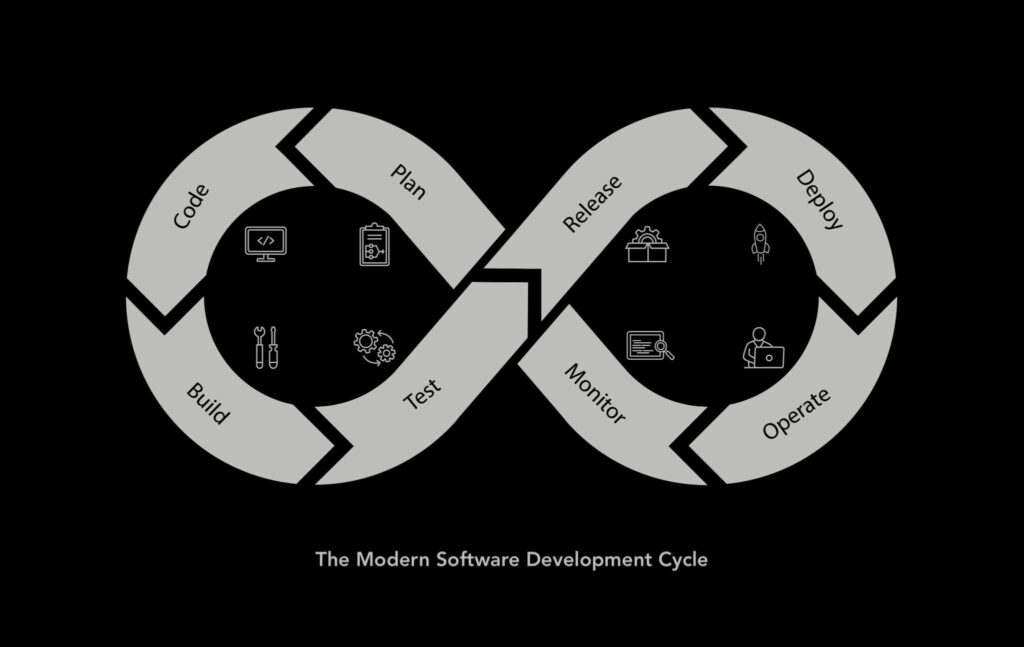Mobile app testing fundamentals are constantly changing. For today’s QA teams, the hunt for bugs in applications—and the methods for finding them—have evolved into a constantly changing, ever-growing process that shows no signs of becoming less complicated or challenging. Testing must be fast and accurate in an endless cycle of code releases.
Users aren’t patient when an application fails to run correctly, suffers from poor performance, or doesn’t render properly on their device.
And they shouldn’t be.
Who likes having an unexpected application failure?
Definitely not the user, and not the development or operations team either.
But the stakes are higher than a dissatisfied user base. Faulty apps can damage a brand and negatively impact revenue if problems aren’t quickly resolved.
Fortunately, modern mobile testing tools make it possible to catch errors quicker and easier than ever before.
This article will take a look at some of the testing options and shed a bit of light on the basics of mobile testing.
Mobile app development
Before we dive into contemporary mobile app testing fundamentals, let’s talk mobile app development in general. With the surging and continual demand for apps built for devices, business must develop and deploy quality builds, and then maintain them. Once developed, the ongoing work on applications is an almost constant process.
No one develops an app, releases it, and leaves it untouched until there’s an issue. Mobile applications constantly evolve with upgrades and changes that must be tested and released without functionality issues or device errors.
And considering how quickly the mobile landscape changes in general, it’s no surprise that you may be scratching your head and wondering what options might be best for testing.
Methods: Old vs new
Is it manual testing where the QA team creates testscripts to execute on each new build? This can be both complex and time-consuming. How do you approach ad hoc testing? Or should you invest in automation tools? What’s all this discussion about no-code solutions—should they use code or be codeless? Is the answer somewhere in the middle?
There’s certainly a lot to consider. Because each method has its strengths and weaknesses that must be considered.
Any new product must meet quality standards and provide value to users in order to compete in the global market. Testing must be vigorous and occur as early as possible (a goal known as shifting left) to uncover any errors or issues that would hinder a user from fully benefitting from the product.
Any app that doesn’t work as advertised or is difficult, won’t stand much of a chance when there are so many apps that can take its place in a matter of a few button presses.
When it comes to mobile app testing, what method you choose may depend greatly on the product itself—that is, your mobile app—and where that product is in its lifecycle. For instance, a brand new application will need to undergo a lot of testing to ensure the code both functions properly and meets the business requirements for the new app.
Mobile tests
Alright, now let’s dig into some prime mobile app testing fundamentals. If you aren’t familiar with testing mobile apps, you may be surprised at just how much has to be done to ensure a clean build and release.
And that’s really just the start.
Apps have to function on so many different devices, different screen sizes, different operating systems, different networks, and so much more, that testing can be daunting.
Here are just some of the areas that have to be tested:
- Various device testing: It’s crucial to test applications on different operating systems and platforms (Android, iOS) for compatibility and usability.
- UI testing: Customer experience in using the app.
- Interface testing: Flow of the app, menus, navigation, buttons, and so forth.
- Security testing: Includes keeping the user’s personal data and the device itself secure. (Not one to be underestimated!)
- Performance/load testing: To see how well the app will perform under a load.
- Installation tests: Installing and uninstalling.
- Regression testing: Assuring that changes didn’t break something that was working properly.
- Network testing: To assure the app will work on the different networks.
This isn’t an exhaustive list of tests. There are many more that can and should be conducted. To avoid any surprises, testing must be thorough and absolutely nothing can be left to chance.
Moving at speed
With the vast majority of people depending on their mobile device for so many things, providers of these applications are expected to ship products that work well and continue to work well.
Teams must push out fixes and upgrades as quickly as possible. The mobile world is 24/7/365 and updates to code are expected in as short a timeframe as possible.
Mobile app fundamentals: Manual and automated tests
Mobile app automation testing can greatly improve speed of testing.
And while it isn’t the answer for all situations, regression testing is perfect for automation and so are scenarios that are complex and time-consuming. Automation is less prone to errors and can run tests 24 hours a day.
Manual testing isn’t as fast but it’s often still necessary to some extent or another. For instance, manual testing is a good choice when new functionality is added to an app or a very small test is needed. Or if an app needs only one or two tests run.
Both of these testing methods have their place and are best used where they make the most sense for the QA team.
Manual testing
Manual testing is valuable for filling gaps, ensuring an application works properly, and making sure the user has a good experience. This can include a user being able to use the app with one hand, placement of elements within one finger reach, and an overall comfortable layout.
Automated testing
Automated tests either use scripts or are no-code (scriptless). The tests can be run on real devices or in the cloud, depending on the mobile testing tools you’re using.
Scriptless no-code testing
One of the most popular no-code or scriptless testing methods is recording a tester’s actions and then playing them back in automated testing. This takes the place of writing a test script to perform these actions.
This method can:
- greatly speed up the process
- save money
- reduce effort
- increase reliability
- remove the chances of human coding errors
- free-up developers for other tasks
- accuracy
Clearly, if your team is upgrading or fixing bugs in an app, no-code is going to be a great option.
But even with the advantages of automated testing, it’s still possible to miss errors without visual testing. (This is discussed in detail in this Sofy article.) Visual automation tests can detect errors that otherwise might slip by.
Going forward, scriptless may very well be the dominating force in QA testing. There’s no discounting the advantages. Historically speaking, it makes perfect sense: As technology and testing continues to evolve, scriptless testing is poised to be a giant.

Conclusion
With so many tools available to testers, it’s still a challenge to ensure that apps will run as intended across countless devices. While there isn’t an easy or standard way to test everything necessary to push out a build, there are practices and tools that’ll greatly improve on the process.
When it comes to apps for mobile devices, testing isn’t constrained to one method. Different phases of the project will need different testing methods. At this time, manual testing still has its place and perhaps always will.
Yet modern mobile app fundamentals have shifted far from manual testing, and considering the nearly continuous cycle of product delivery, it’s important to keep in mind that automation tools can make the entire process easier and faster. And finally, scriptless testing is poised be the final frontier of app testing. In any case, it’s set to become the giant in the room. A giant that can make the process even better for QA and remain so for the foreseeable future.
Disclaimer: The views and opinions expressed above are those of the contributor and do not necessarily represent or reflect the official beliefs or positions of Sofy.









